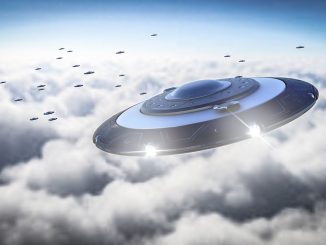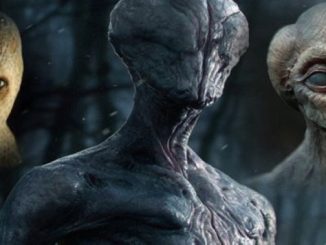The prospect of encountering extraterrestrial life has captured human imagination for centuries. A fundamental aspect of understanding these potential beings is considering their physical forms, which remain shrouded in mystery. In this blog post, we embark on a hypothetical exploration of the possible anatomical features of aliens.
I. The Diversity of Life in the Universe
In the vast cosmos, the diversity of life forms is likely to be beyond our current comprehension. Earth itself hosts an astonishing array of life, from microorganisms to mammals, each uniquely adapted to its environment. In the search for extraterrestrial life, it is reasonable to assume that the variety of physical forms might be equally astounding.
II. Imagining Alien Anatomies
Speculating about the anatomy of aliens is a popular exercise among scientists, science fiction authors, and enthusiasts. When pondering this subject, we can consider life forms that are radically different from what we know on Earth. These hypothetical beings might have multiple limbs, a non-carbon-based biochemistry, or even a form of symbiosis that challenges our conventional understanding of life.
III. The Adaptations of Alien Bodies

The physical features of extraterrestrial beings could be the result of their environment and evolutionary history. For example, a species living on a high-gravity planet might have stout, sturdy bodies, while those inhabiting underwater worlds could possess gills and streamlined forms. Understanding the adaptations of alien bodies is crucial for comprehending how they interact with their surroundings.
IV. The Myterity of Alien Physiology
While we can make educated guesses and entertain various hypotheses about alien anatomy, the true nature of extraterrestrial life remains a profound mystery. The myterity of their physiology adds to the excitement of the search for alien life and fuels our curiosity about the diverse forms of life that might exist beyond our planet.

As we continue to explore the universe and search for signs of life beyond Earth, pondering the possible anatomies of extraterrestrial beings is a captivating exercise. The diversity of life in the cosmos is a source of endless wonder, and considering the potential adaptations of alien bodies offers insights into the complexities of evolution and environmental interactions. While we can only speculate about what extraterrestrial life might look like, the myterity surrounding their anatomy keeps our quest for knowledge and understanding of the universe vibrant and exciting. In the end, only time and exploration will reveal the true nature of any alien life forms that might exist, further deepening our appreciation for the incredible diversity of life in the cosmos.
